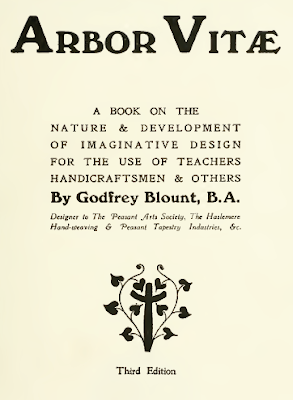O sky, you know me? I am come again
Out of a bare black sleep!
Sun-summons, wash of wind and thrill of rain
Beat on the doors fast closed, but all in vain,
For life that lies too deep
For any frost will rise a bidden guest
At Spring’s glad festival!
Without a dream my soul lay lost in rest,
Till, at that touch and call,
 |
| The original Young Tree in Spring? (about 100 years ago!) - Bramley apple tree in my garden in what was once Foundry Meadow with the side of the Dye House in the distance |
I grew aware of life, an inner fire
Of memory and belief
Ran upwards, outwards, in a great desire,
And lo! Then leaf by leaf,
Remembering my other springs, I rose;
And earth around remembers too, and grows
Into her ancient grace,
With ‘here my daisies – there before it froze
A tiny rill did race.’
The wild young wind that ever caught me so
Still takes me at his will,-
The dark, sweet violet, still hiding low,
And over the hedge in golden dance and glow
The jocund daffodil,-
The bird that in my budding branches sings,
The happy, happy bird,
A creature careless, being blessed with wings,
How far a-field his mid-air foothold swings
Voice of that passion of life that moves in me
To a mute growth of glory, - the first bee
Crooning in early shine
Round risen buds, dear in his memory
As a deep honey-mine,
All the quaint gladness Spring did ever yield
To frolic lambs in daffodilly field,-
The woodlands living peace
Of hourly growth, and gentle lives unsealed
In revels of release, -
All, all are here, and Spring fulfils her troth,
And here the happy pain, and gladness both
That bring me a bud’s birth,
And thy warm hold on my wild tiptoe growth
O Earth, dear Earth, dear Earth!
The wind, the wind in my hair, the passing wing,
The beat of sunwarmed rain,
The joy of life, the hope of another Spring,
Are mine, they are mine again!
























